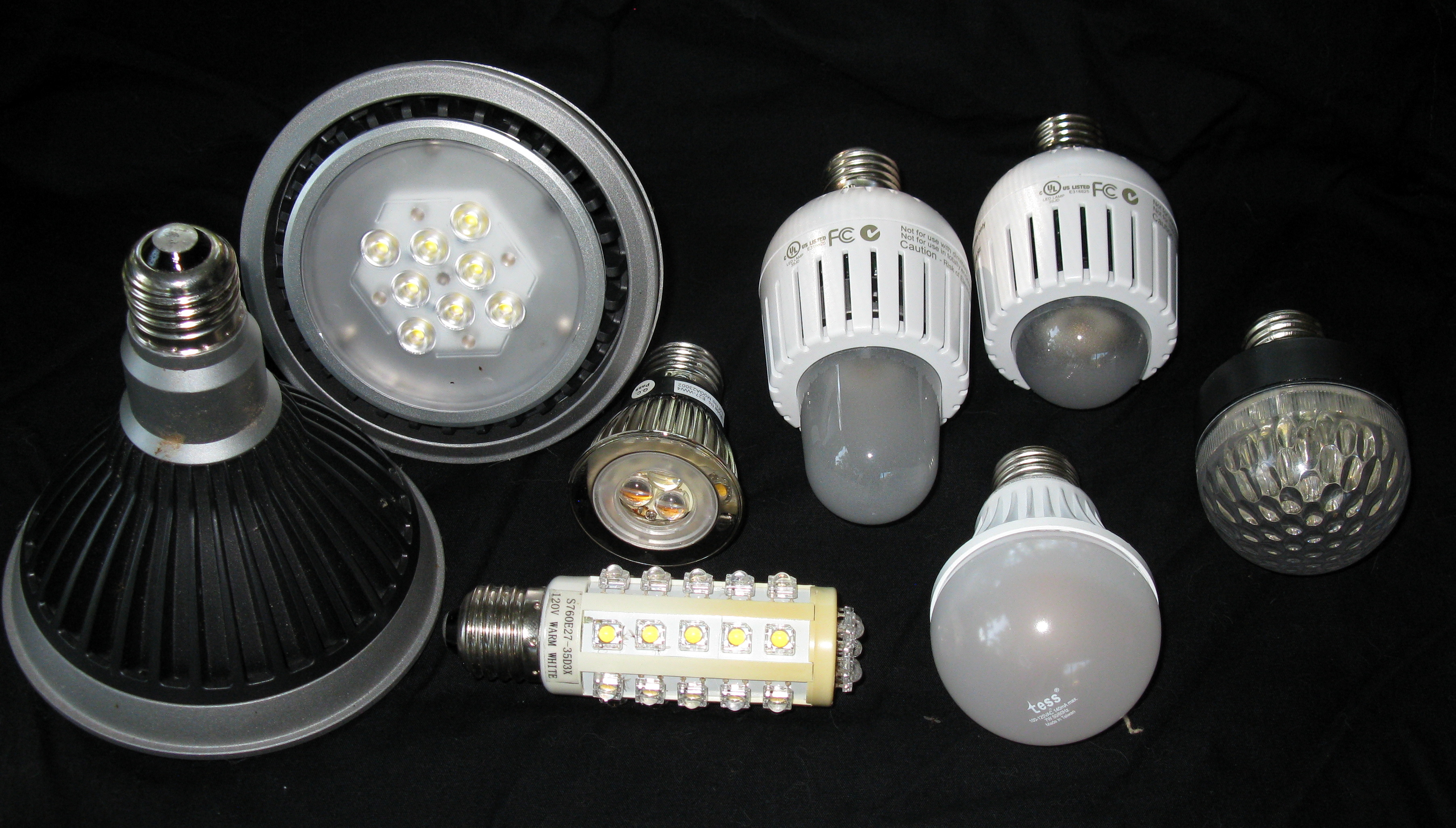solid state lighting on:
[Wikipedia]
[Google]
[Amazon]
 Solid-state lighting (SSL) is a type of
Solid-state lighting (SSL) is a type of
EUROPEAN METROLOGY RESEARCH PROJECT - METROLOGY FOR SOLID STATE LIGHTINGSolid State Lighting, International Energy Agency research projectLighting Research Center - Solid-State Lighting Program OLLA: finished European academic-industrial research project into OLED lightingOLED100.EU: successor to the OLLA project
{{Artificial light sources Types of lamp Semiconductor devices Energy-saving lighting Light-emitting diodes
 Solid-state lighting (SSL) is a type of
Solid-state lighting (SSL) is a type of lighting
Lighting or illumination is the deliberate use of light to achieve practical or aesthetic effects. Lighting includes the use of both artificial light sources like lamps and light fixtures, as well as natural illumination by capturing daylig ...
that uses semiconductor light-emitting diodes (LEDs), organic light-emitting diode
An organic light-emitting diode (OLED or organic LED), also known as organic electroluminescent (organic EL) diode, is a light-emitting diode (LED) in which the emissive electroluminescent layer is a film of organic compound that emits light i ...
s (OLED), or polymer light-emitting diodes (PLED) as sources of illumination rather than electrical filament
An incandescent light bulb, incandescent lamp or incandescent light globe is an electric light with a wire filament heated until it glows. The filament is enclosed in a glass bulb with a vacuum or inert gas to protect the filament from oxidat ...
s, plasma (used in arc lamps
An arc lamp or arc light is a lamp that produces light by an electric arc (also called a voltaic arc).
The carbon arc light, which consists of an arc between carbon electrodes in air, invented by Humphry Davy in the first decade of the 1800s ...
such as fluorescent lamps
A fluorescent lamp, or fluorescent tube, is a low-pressure mercury-vapor gas-discharge lamp that uses fluorescence to produce visible light. An electric current in the gas excites mercury vapor, which produces short-wave ultraviolet ligh ...
), or gas
Gas is one of the four fundamental states of matter (the others being solid, liquid, and plasma).
A pure gas may be made up of individual atoms (e.g. a noble gas like neon), elemental molecules made from one type of atom (e.g. oxygen), or ...
.
Solid state electroluminescence is used in SSL as opposed to incandescent bulbs (which use thermal radiation) or fluorescent tubes. Compared to incandescent lighting, SSL creates visible light with reduced heat generation and less energy dissipation. Most common "white LED
White is the lightest color and is achromatic (having no hue). It is the color of objects such as snow, chalk, and milk, and is the opposite of black. White objects fully reflect and scatter all the visible wavelengths of light. White on ...
s” convert blue light from a solid-state device to an (approximate) white light spectrum using photoluminescence, the same principle used in conventional fluorescent tubes.
The typically small mass of a solid-state electronic lighting device provides for greater resistance to shock and vibration compared to brittle glass tubes/bulbs and long, thin filament wires. They also eliminate filament evaporation, potentially increasing the life span of the illumination device.
Solid-state lighting is often used in traffic light
Traffic lights, traffic signals, or stoplights – known also as robots in South Africa are signalling devices positioned at road intersections, pedestrian crossings, and other locations in order to control flows of traffic.
Traffic light ...
s and is also used in modern vehicle lights, street and parking lot lights, train marker lights, building exteriors, remote controls etc. Controlling the light emission of LEDs may be done most effectively by using the principles of nonimaging optics Nonimaging optics (also called anidolic optics)Roland Winston et al., ''Nonimaging Optics'', Academic Press, 2004 R. John Koshel (Editor), ''Illumination Engineering: Design with Nonimaging Optics'', Wiley, 2013 is the branch of optics concerned wi ...
.
__NOTOC__
Solid-state lighting has made significant advances in industry. In the entertainment lighting industry, standard incandescent tungsten-halogen lamps are being replaced by solid-state lighting fixtures.Kho, Mu-Jeong, Javed, T., Mark, R., Maier, E., and David, C. (2008) 'Final Report: OLED Solid State Lighting: Kodak European Research' MOTI (Management of Technology and Innovation) Project, Judge Business School of the University of Cambridge and Kodak European Research, Final Report presented on 4 March 2008 at Kodak European Research at Cambridge Science Park, Cambridge, UK, pages 1-12
See also
*L Prize
The Energy Independence and Security Act of 2007 directed the United States Department of Energy to establish the L-Prize competition, designed to spur development of LED replacements for 60W incandescent lamps and PAR38 halogen lamps as well as an ...
*LED lamp
An LED lamp or LED light bulb is an electric light that produces light using light-emitting diodes (LEDs). LED lamps are significantly more energy-efficient than equivalent incandescent lamps
and can be significantly more efficient than mo ...
*List of light sources
This is a list of sources of light, the visible part of the electromagnetic spectrum. Light sources produce photons from another energy source, such as heat, chemical reactions, or conversion of mass or a different frequency of electromagnetic ener ...
*Smart lighting
A lighting control system is an intelligent network based lighting control solution that incorporates communication between various system inputs and outputs related to lighting control with the use of one or more central computing devices. Light ...
References
Further reading
* * Kho, Mu-Jeong, Javed, T., Mark, R., Maier, E., and David, C. (2008) 'Final Report: OLED Solid State Lighting: Kodak European Research' MOTI (Management of Technology and Innovation) Project, Judge Business School of the University of Cambridge and Kodak European Research, Final Report presented on 4 March 2008 at Kodak European Research at Cambridge Science Park, Cambridge, UK, pages 1–12.External links
EUROPEAN METROLOGY RESEARCH PROJECT - METROLOGY FOR SOLID STATE LIGHTING
{{Artificial light sources Types of lamp Semiconductor devices Energy-saving lighting Light-emitting diodes